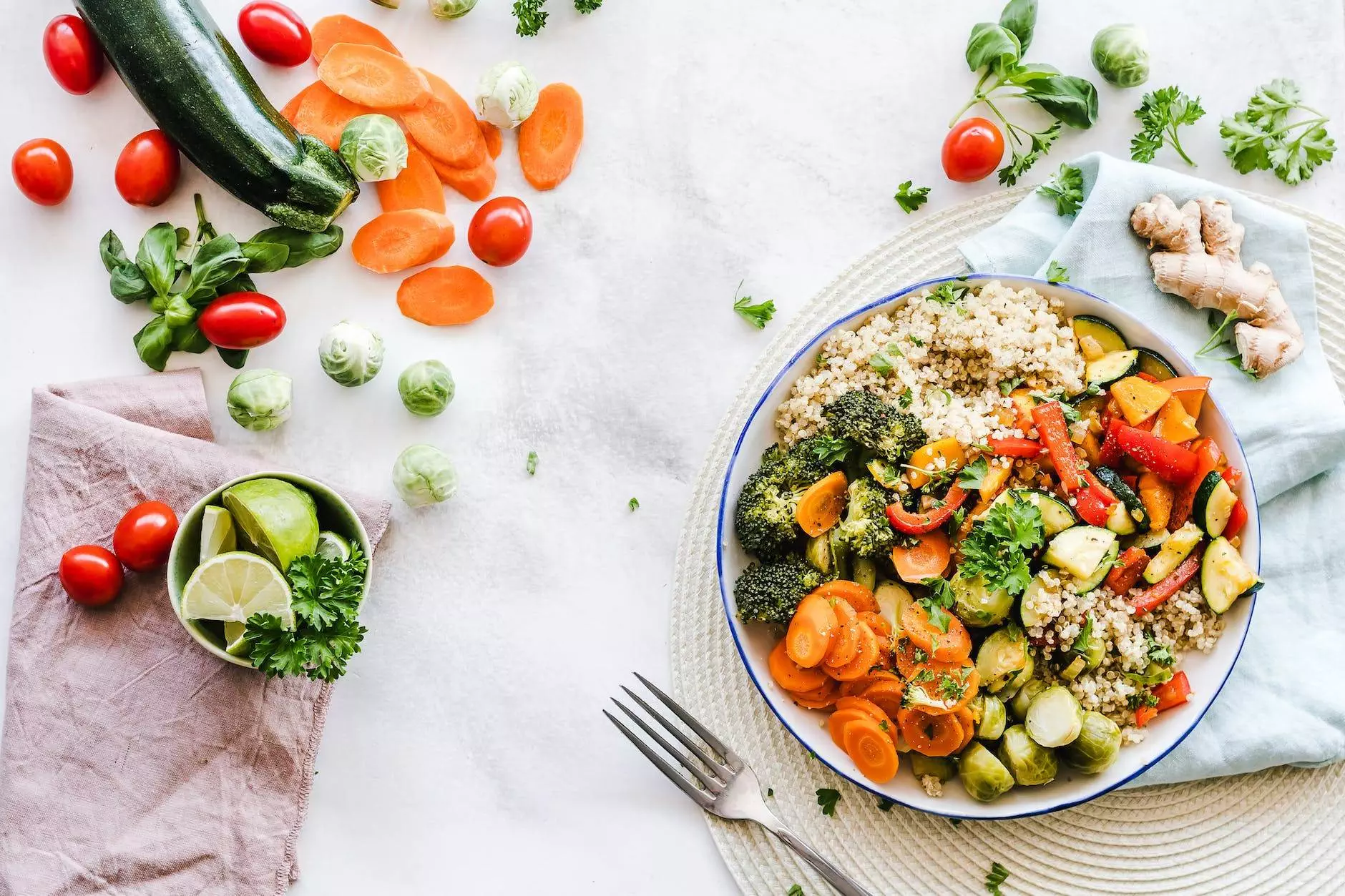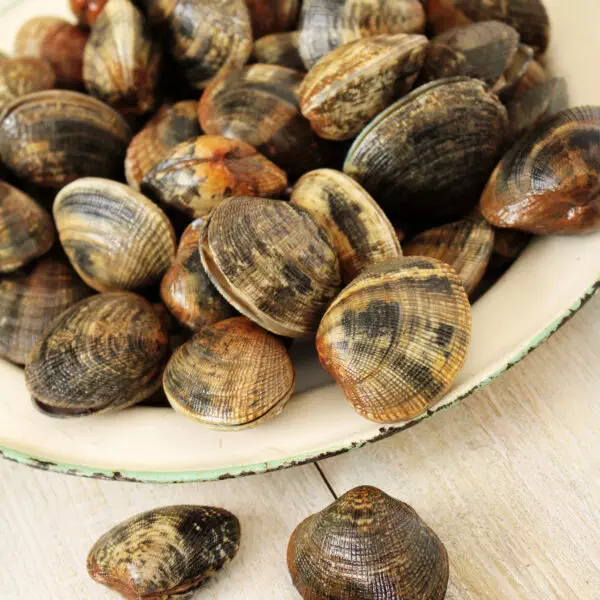Introduction to the Balanced Plate
A balanced plate is a visual representation of what a healthy, whole-foods meal should look like. It’s an easy way to ensure that you are getting all the essential nutrients your body needs for optimal health and wellbeing. The concept behind the balanced plate is simple – fill half of your plate with non-starchy vegetables or salad greens, one quarter with lean protein sources such as chicken, fish, beans or lentils, and the remaining quarter with complex carbohydrates such as brown rice, quinoa, sweet potatoes or other root vegetables. This will help you achieve balance in your diet while also ensuring that you get enough fiber, vitamins, minerals, and antioxidants from a variety of food groups.
The Importance of Whole Foods in a Balanced Diet
Whole foods are those that have not been processed or refined in any way. They include fruits, vegetables, nuts, seeds, grains, legumes, and unprocessed animal products such as meat, eggs, and dairy. These types of foods provide the most nutrients per calorie compared to highly processed foods which often contain added sugars, salt, and unhealthy fats. By incorporating more whole foods into your diet, you can improve digestion, boost immunity, increase energy levels, and reduce inflammation throughout your body.
How to Create Your Own Balanced Meal Plan
Creating your own balanced meal plan doesn’t need to be complicated. Start by choosing a variety of colorful fruits and vegetables each day, including leafy greens, cruciferous veggies, berries, citrus fruits, and tropical fruits. Incorporate lean proteins such as grilled chicken breast, baked salmon, black beans, lentils, or tofu into your meals. Add some healthy fats such as avocado, olive oil, coconut oil, almond butter, or walnuts to your meals to keep you feeling full and satisfied. Finally, choose complex carbs such as brown rice, quinoa, sweet potato, or roasted Brussels sprouts to round out your meals.
Conclusion and Final Thoughts on Balanced Nutrition
Balancing your diet with whole foods is key to achieving optimal health and wellness. By following the guidelines laid out above, you can create a personalized meal plan that meets your individual needs and preferences. Remember to listen to your body and pay attention to how different foods make you feel. Ultimately, finding a Balance between indulgence and moderation is the key to long-term success when it comes to nutrition.










